Welcome back to your journey toward safer skincare! In Part 1, we pulled back the curtain on six common yet concerning ingredients found in many personal care products. Now, armed with that knowledge, you're ready to dive deeper into the world of clean beauty.
In this second instalment, we'll explore six more ingredients that deserve your attention, from skin-lightening agents with dark sides to industrial solvents masquerading as beauty ingredients. Plus, we'll equip you with practical strategies for making safer choices in your personal care routine. Remember: your skin is your largest organ and greatest protector - it deserves products that truly care for it, not compromise it.
Ready to become an even savvier ingredient detective? Let's dive in.
Table Of Contents:
7. Hydroquinone
This skin-lightening ingredient, once widely used in brightening creams and dark spot treatments, has become increasingly controversial due to its potential health risks. While still available in the United States at concentrations up to 2% over-the-counter (and 4% with a prescription), hydroquinone has been banned in numerous countries, including the entire European Union, Japan, and Australia.
Long-term hydroquinone use has been linked to ochronosis - a cruel irony where this skin-lightening ingredient actually causes permanent skin darkening. Even more concerning, it can break down the skin's essential building blocks (keratin and collagen), undermining the very structures that keep skin firm and healthy. Studies show it also increases UV sensitivity and can cause skin irritation and contact dermatitis.
The risks are serious enough that the Canadian government has classified hydroquinone as toxic, and animal studies suggest it may be carcinogenic.
For those seeking skin-brightening alternatives, safer options include:
8. PEGs
These petroleum-based compounds are ubiquitous in skincare products, often appearing as PEG followed by a number (like PEG-100). While they're excellent at creating that silky feel and helping other ingredients penetrate your skin, there's a darker side to their story.
Here's the troubling part: during manufacturing, PEGs can become contaminated with two harmful byproducts - ethylene oxide (a known carcinogen) and 1,4-dioxane (a probable carcinogen). Sure, high-quality manufacturers can remove these toxic tagalongs through vacuum stripping, but here's the catch: there's no way for you to know if this crucial purification step has actually been performed.
Want to play it safe? Look for products labeled "1,4-dioxane-free," "PEG-free," or "free from ethoxylated ingredients." Better yet, opt for brands that clarify their purification processes, and look for natural emulsifiers and water-based formulations.
9. Methylisothiazolinone
Methylisothiazolinone (MIT) and Methylchloroisothiazolinone (CMIT) may be difficult to pronounce, but their potential effects on the body are even more concerning. These widely used preservatives are commonly found in liquid personal care products such as shampoos, lotions, and liquid soaps. However, research has linked them to lung toxicity, allergic reactions, and potential neurotoxicity.
Just how toxic can MIT be? When researchers exposed test subjects to high concentrations (over 50%), the results were shocking. Beyond just causing severe physical distress, the exposure proved lethal in some cases. Post-mortem examinations revealed that death was due to severely inflamed lungs and intestines.
Consumers who want to avoid MIT should carefully read ingredient labels and opt for "MIT-free" or "preservative-free" products.
10. Resorcinol
Commonly found in hair dyes and bleaching products, resorcinol might seem like just another chemical on the ingredient list. However, this common chemical has earned itself a spot on scientists' watch lists, and for good reason. Not only is it a known trigger for allergic reactions, but it's also been shown to mess with your immune system - and that's just the beginning of the story.
The concerns are so serious that major scientific organizations, including the Endocrine Society and European Chemical Society, have raised red flags, suggesting there might not be any "safe" level of exposure. Why? Because resorcinol is an endocrine disruptor that can throw your body's delicate chemical balance into chaos.

Animal studies reveal its particularly troubling effect on the thyroid gland, where it blocks crucial enzymes needed for hormone production. What makes this particularly concerning is that thyroid hormones play vital roles in regulating metabolism, supporting brain development, maintaining energy levels, and controlling body temperature.
For safer alternatives, look for:
- Natural hair dyes using henna or other plant-based ingredients
- Resorcinol-free hair colour formulations
11. Toluene
Originally developed as an industrial solvent, toluene - a petroleum-derived chemical - has somehow made its way from factory floors to our beauty products, particularly nail polishes and hair dyes. This industrial chemical's presence in personal care items is both surprising and concerning.
Toluene is known to affect the nervous system, and high levels of exposure (especially through inhalation) can cause dizziness, headaches, confusion, and, in extreme cases, neurological damage. Research shows it can harm developing foetuses when women are exposed during pregnancy, and in human epidemiological studies and in animal studies toluene has been also associated with toxicity to the immune system and a possible link to blood cancer such as malignant lymphoma.
To avoid toluene, check product labels for "toluene-free" formulations, especially in nail polishes and adhesives.
Other petroleum derivatives to look out for include:
- Petrolatum
- Xylene
- Mineral oil
- Liquid paraffin
- Paraffin oil or paraffin wax
12. Artificial Dyes and Synthetic Colours
Last but not least, those vibrant colours making your shampoo, lotions, and cosmetics look appealing might also be hiding an ugly truth. Synthetic dyes, often listed as FD&C or D&C followed by a colour and number (like FD&C Red 40), are predominantly derived from petroleum and coal tar - hardly ingredients you'd expect in your personal care routine.
These dyes can penetrate the skin barrier, carrying with them deposits of heavy metals that may trigger sensitivity reactions and irritation. Perhaps most concerning are the studies suggesting possible carcinogenic effects from long-term exposure to these artificial colours.
Beyond their human health risks, synthetic dyes pose significant environmental threats: they resist biodegradation, contaminate water systems, harm aquatic life, and require energy-intensive production processes that further strain our ecosystem.
When scanning ingredient labels, be wary of any colors listed as "FD&C" or "D&C" - these are your red flags for synthetic dyes. Instead, opt for products that get their colors from nature:
- Vibrant fruit and vegetable extracts
- Pure mineral pigments
- Natural herb-derived colorants
- Gentle plant-based dyes
- Better yet, embrace products in their natural, undyed state
Making Safer Choices
Ready to transform your beauty routine and join a growing movement of conscious consumers demanding safer products?
Start by becoming a label-reading detective. If the ingredient list resembles a chemistry textbook, consider that a red flag. Instead, seek products with shorter, recognizable ingredient lists. Many progressive brands now proudly advertise their "free-from" lists, making clean choices easier to identify.
Purchase certified organic products when possible. Yes, they often cost more but think of it as an investment in your health. For the budget-conscious, try DIY alternatives - simple ingredients like coconut oil, shea butter, and raw honey can create effective skincare solutions, giving you complete control over what touches your skin.
Navigate the clean beauty world using tools like the EWG's Skin Deep database or Think Dirty app. Be aware that the U.S. cosmetics industry isn't strictly regulated - the FDA doesn't require approval before products hit the market, making consumer education crucial.
The good news is that change is happening. More consumers are demanding transparency and safer ingredients, and several major retailers have begun requiring their suppliers to eliminate certain toxic ingredients from their products. Additionally, new legislation is being proposed to give regulatory agencies more oversight of the cosmetics industry.
Taking Your First Steps
Feeling overwhelmed? Take a deep breath - your clean beauty journey doesn't have to happen overnight. Start where it matters most: with a simple audit of your bathroom cabinet.
Be a detective in your own home - armed with tools like the EWG's Skin Deep database, you can uncover which products deserve a spot in your routine and which might need replacing. Focus first on products that spend the most time on your skin, like serums and moisturizers, before tackling wash-off products.
You don't need to toss everything tonight. Use up what you have while researching better alternatives - it's kinder to both your wallet and the environment. Remember, this isn't about perfection; it's about progress. Each informed choice you make is a step toward a healthier you.
The Final Word
Yes, the world of toxic ingredients can feel like navigating a maze, but here's the empowering truth: knowledge is power. By being informed consumers and making conscious choices about what we put on our bodies, we can significantly reduce our exposure to toxic ingredients.
In addition, every time you choose a safer product, you're not just protecting your own health - you're casting a vote for the future of the beauty industry. As more of us demand transparency and safer ingredients, manufacturers are listening and adapting. Your choices matter more than you might think.
All linked products have been personally selected by a member of the Goodness Lover team. If you purchase any of these items, Goodness Lover may earn a commission.

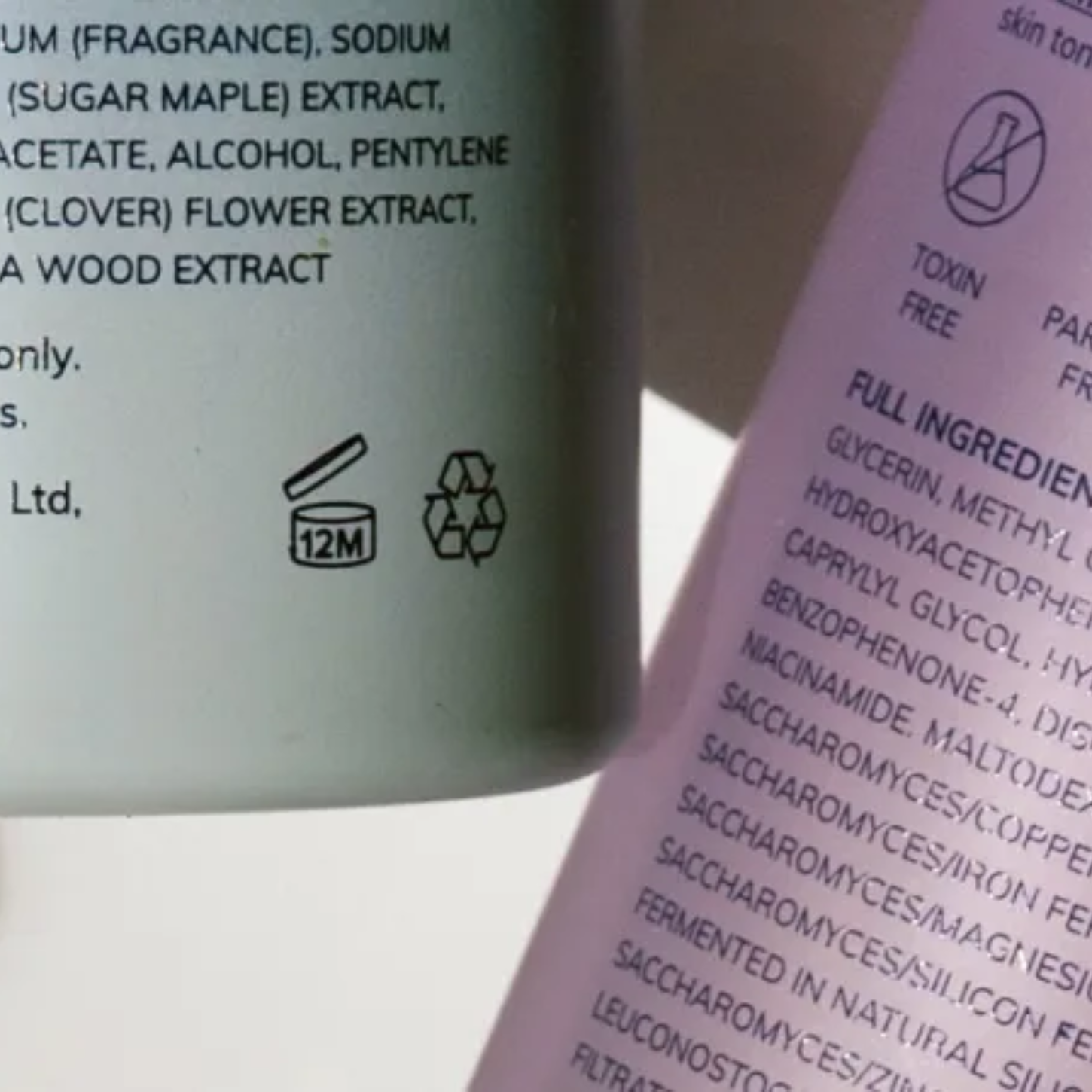
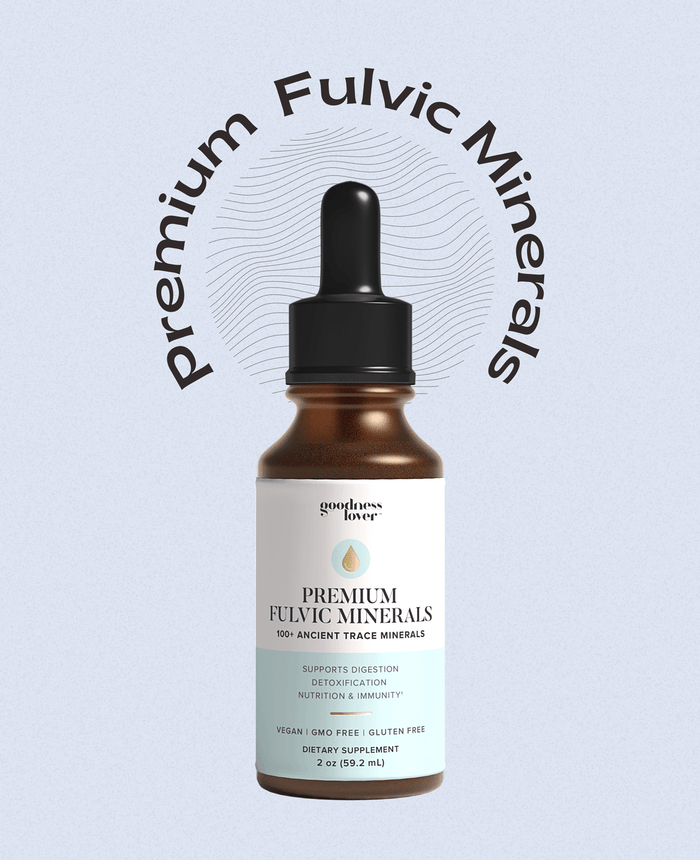
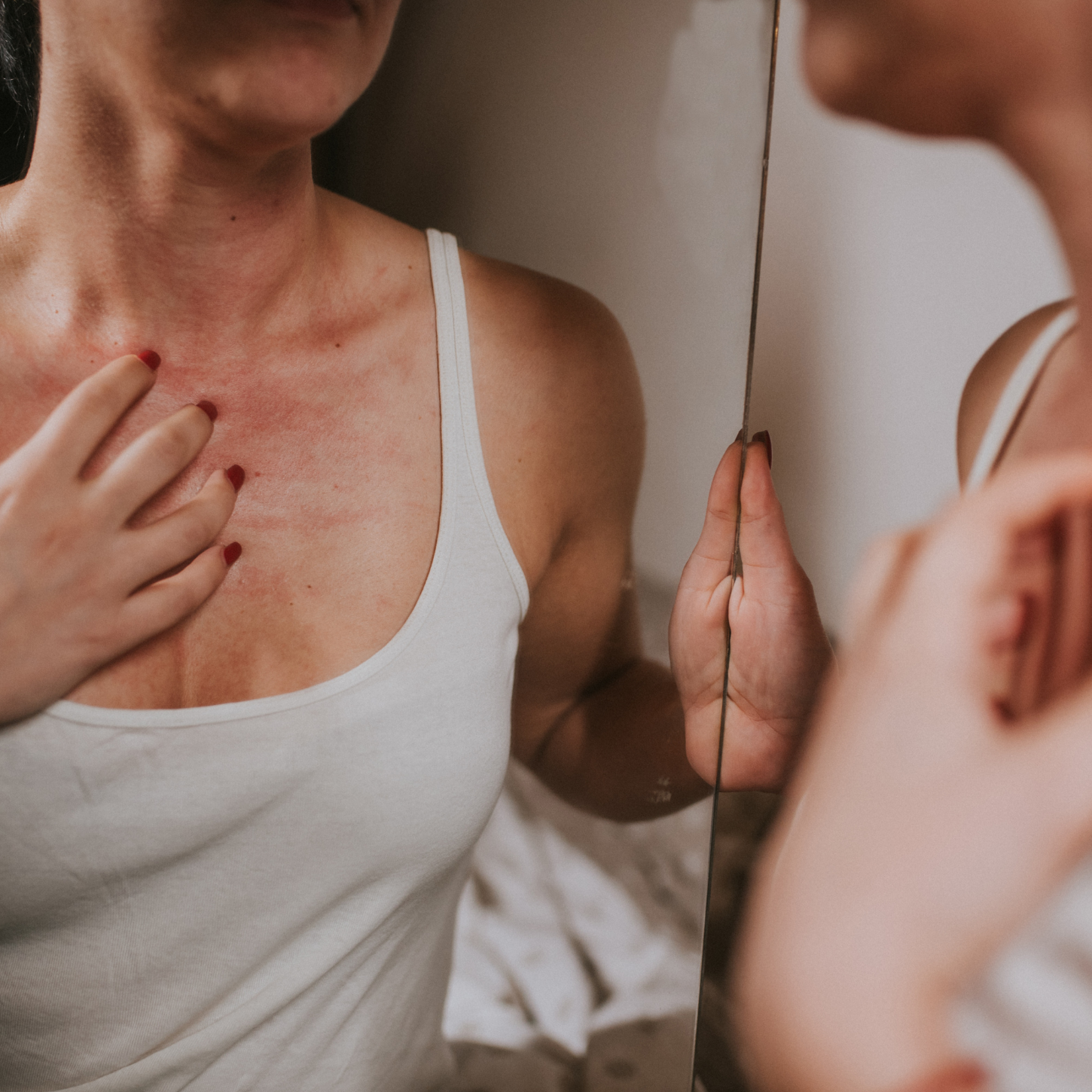
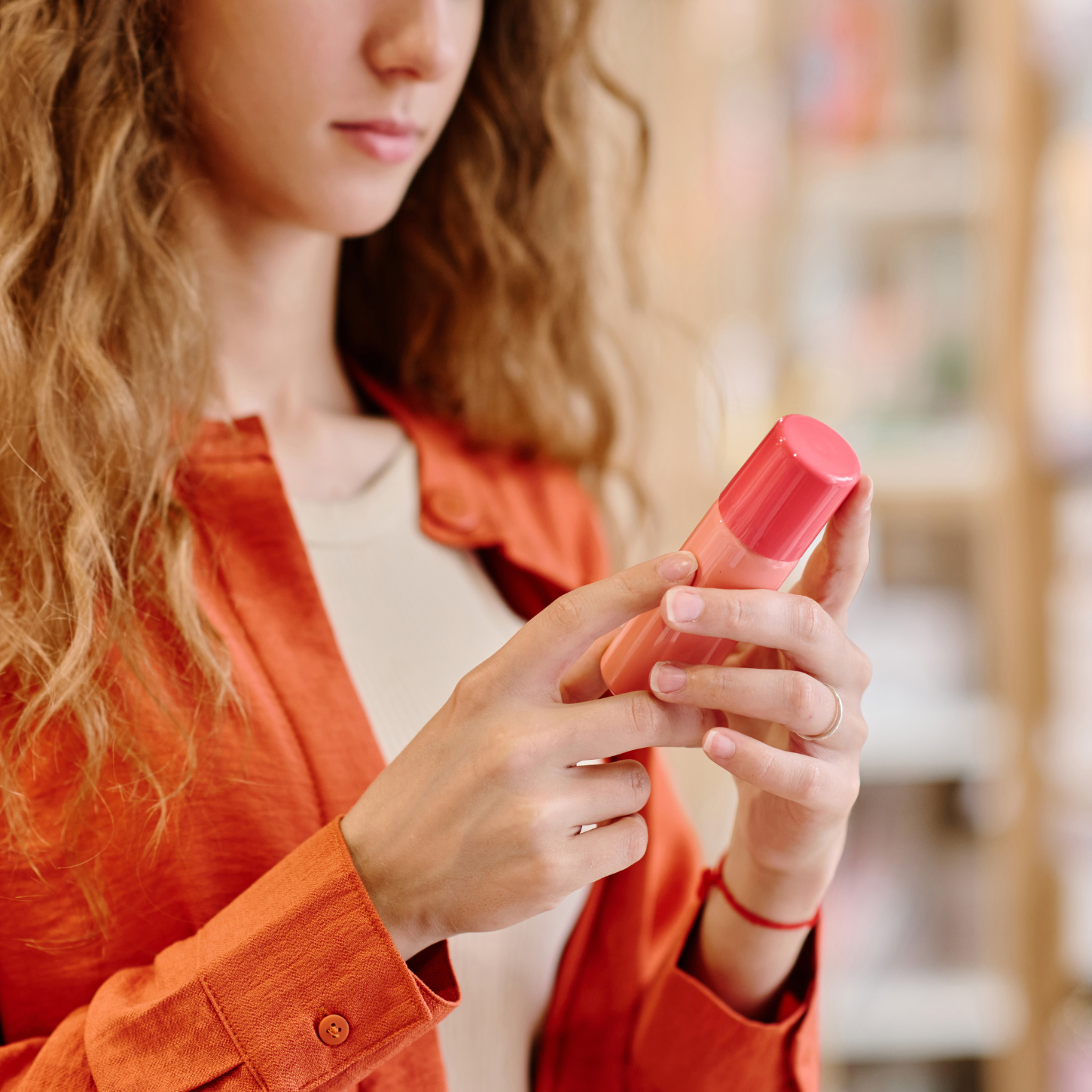


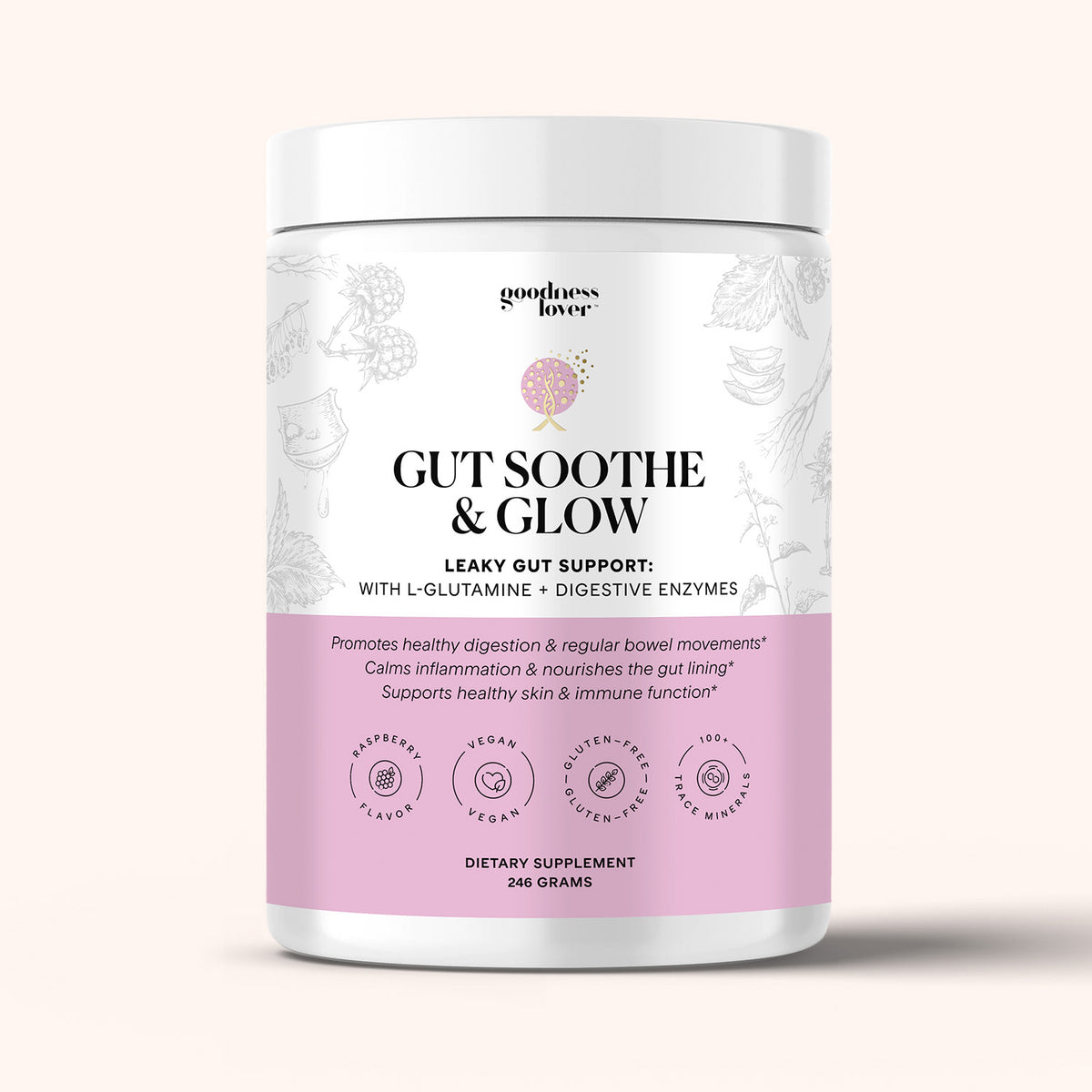
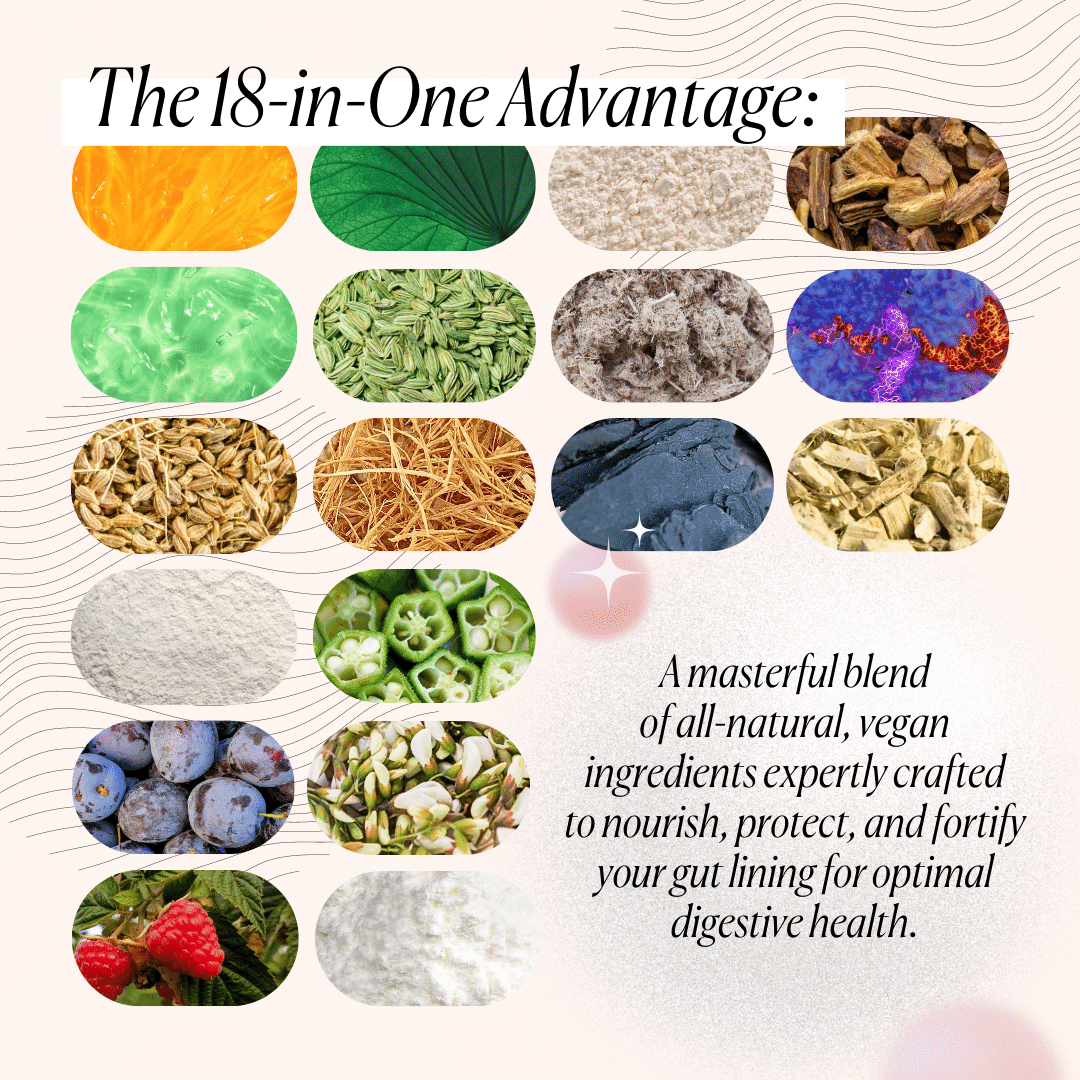
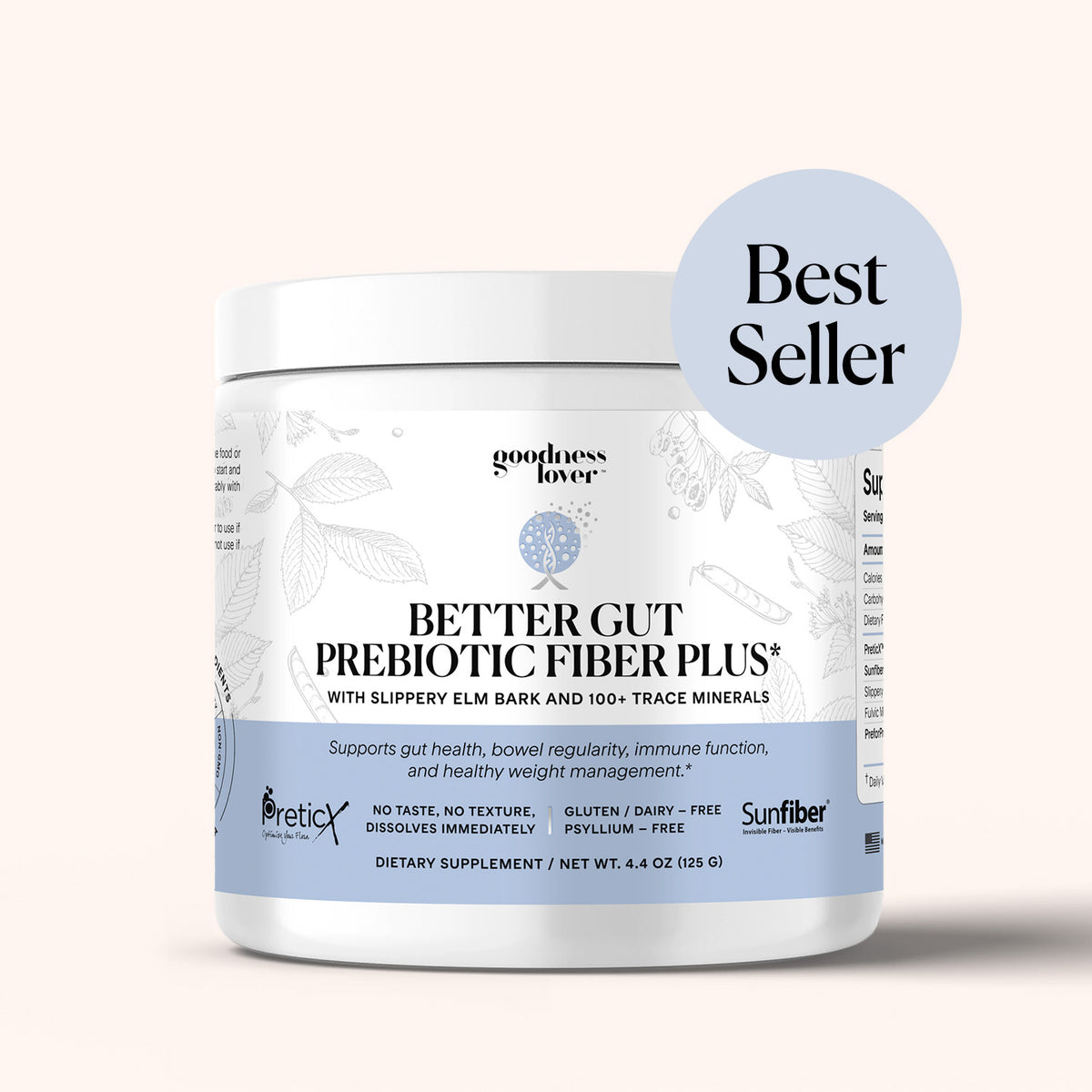
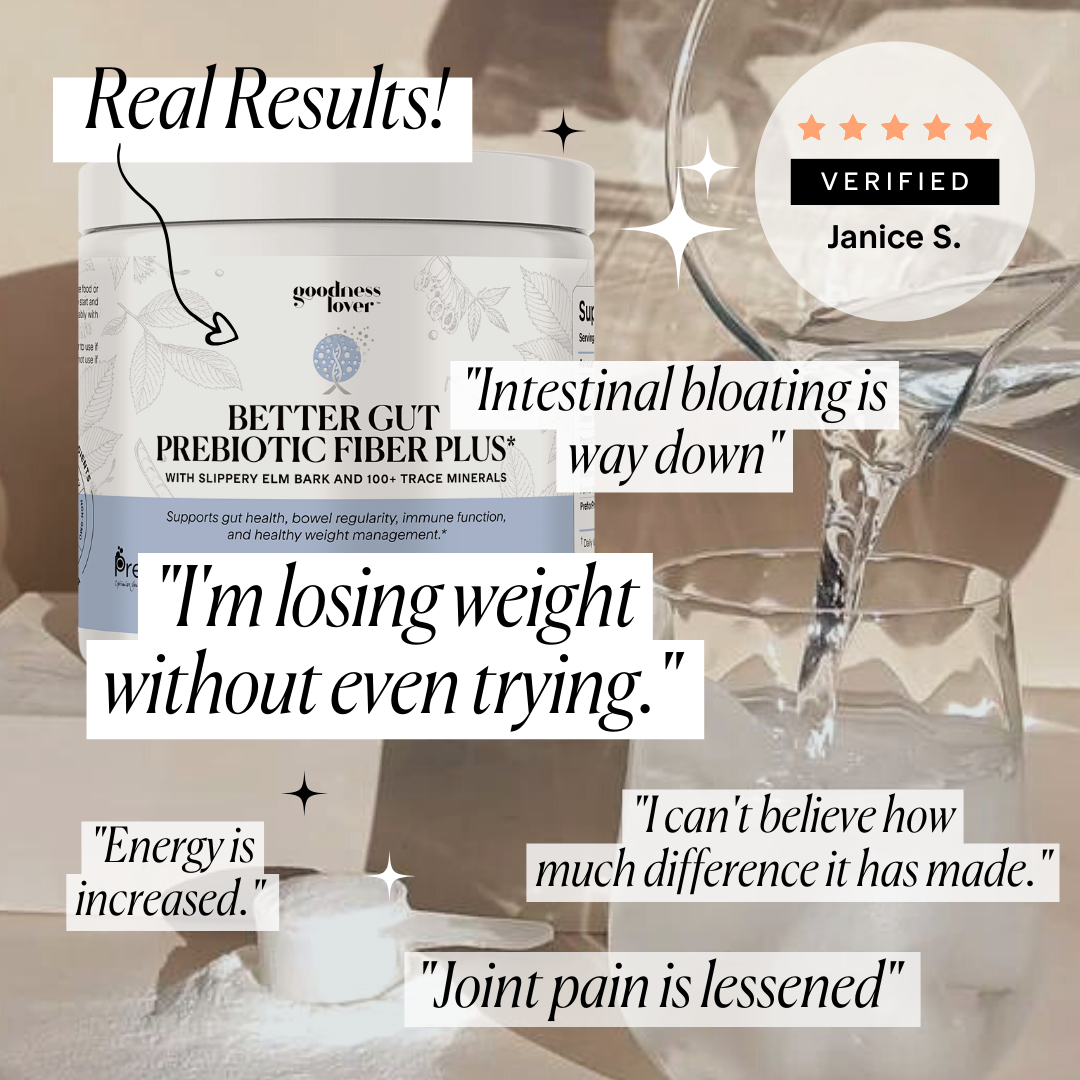
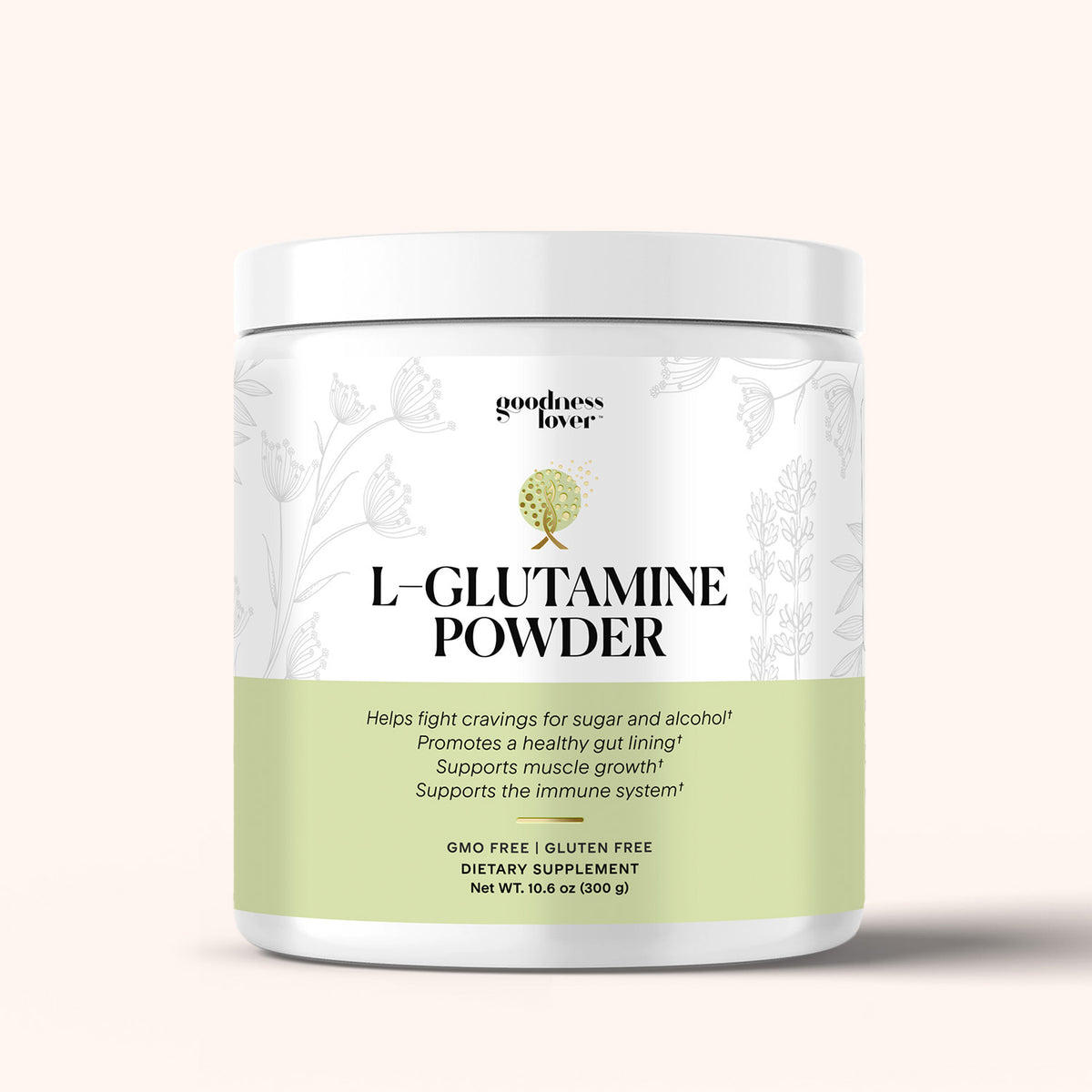
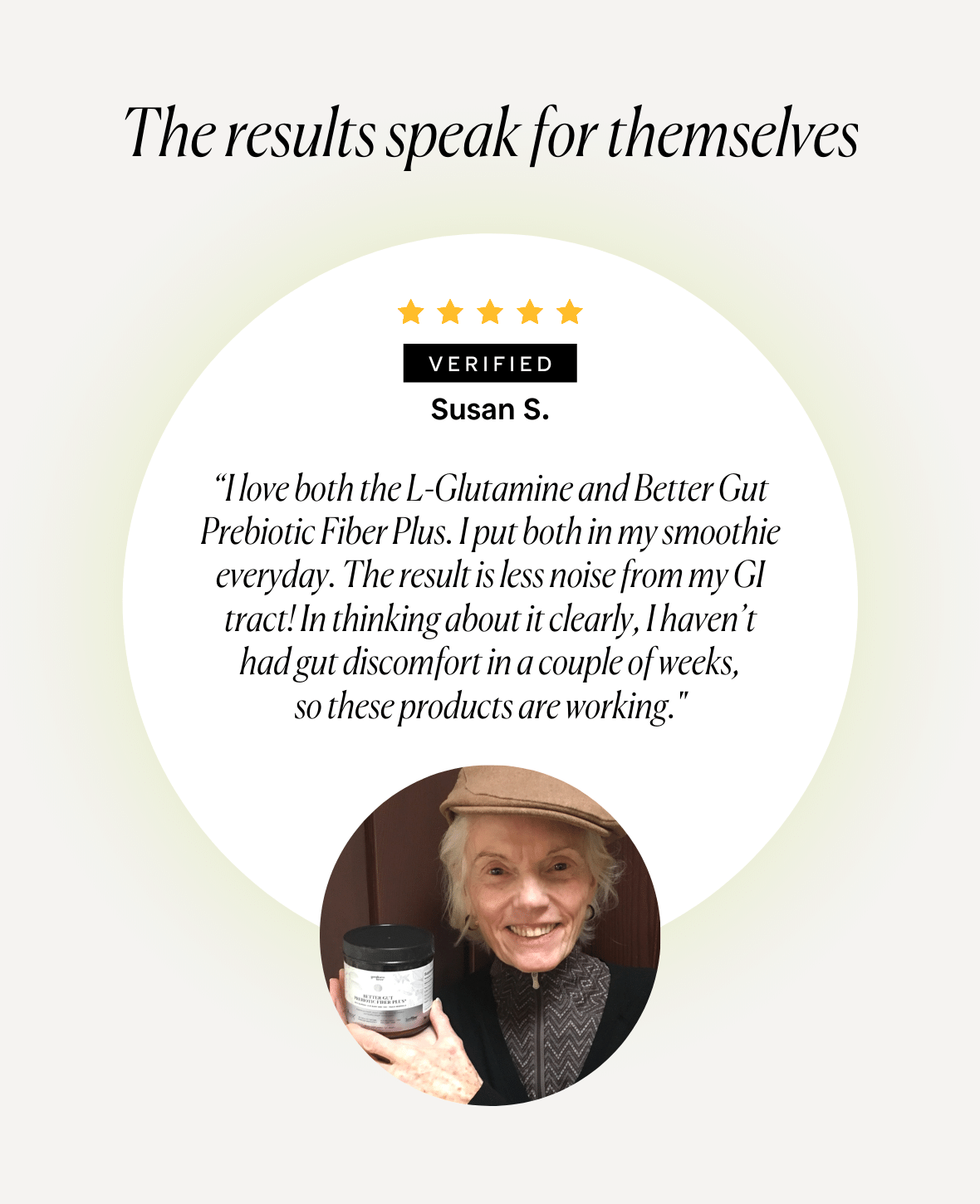
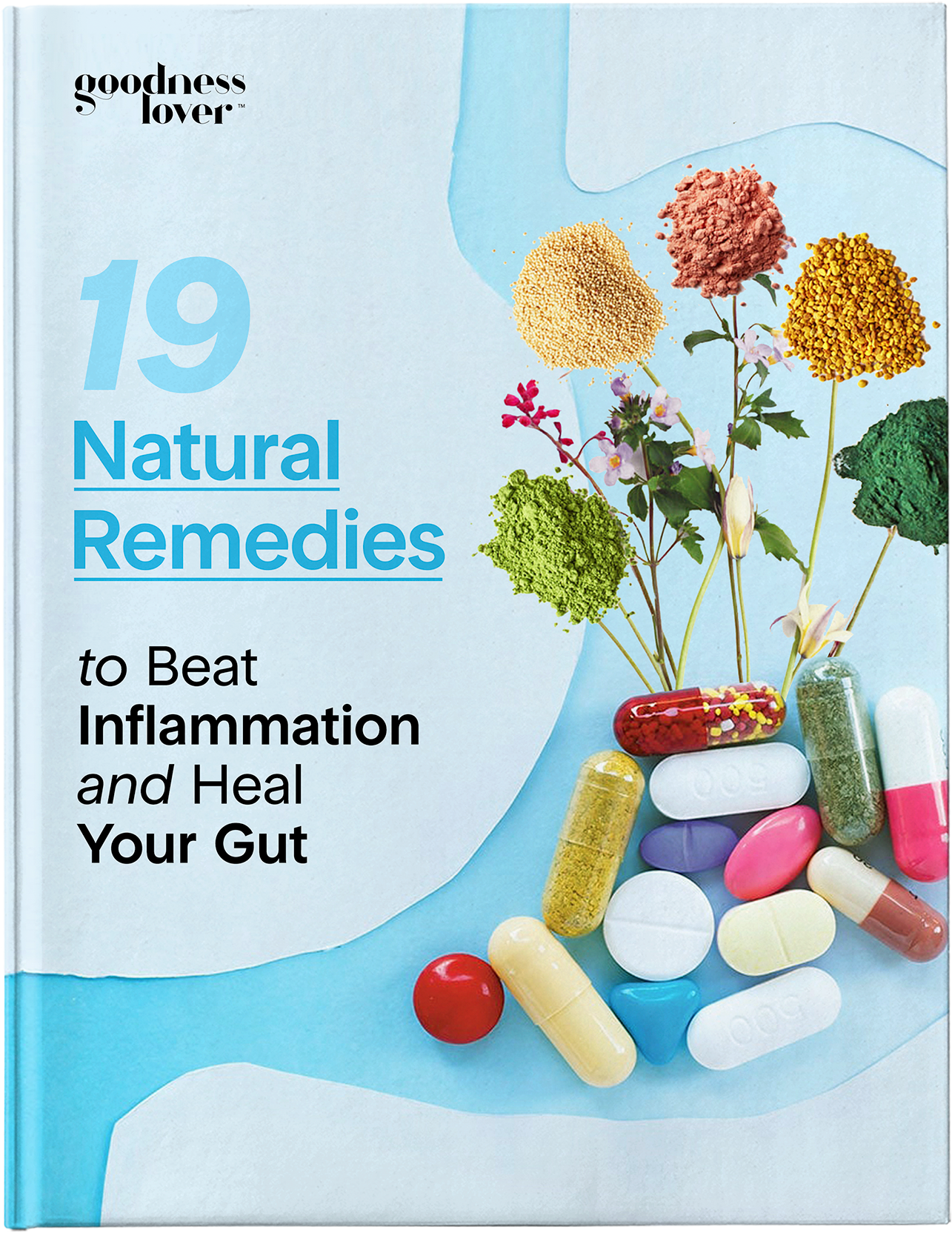
What Do You Think? Comment Below: